Contents
The quantity of pressurized air any compressor can send out is referred to as its capacity. Compressor capacity and pressure are easily distinguished because the capacity indicates “how much,” whereas the pressure tells “how forceful.” Compressor capacity is among the topmost significant factors to look for when buying an air compressor, alongside pressure.
The capacity is measured in cubic feet per minute (CFM). Adding up the system’s requirements for all the machines and techniques you utilize simultaneously is an essential method of determining the proper compressor capacity for your needs. Controls are commonly mis-selected and set. Proper management tactics can help you save a lot of money on your energy bills.
How to Make Compressor Capacity Control more Efficient?
How to Make Compressor Capacity Control more Efficient?
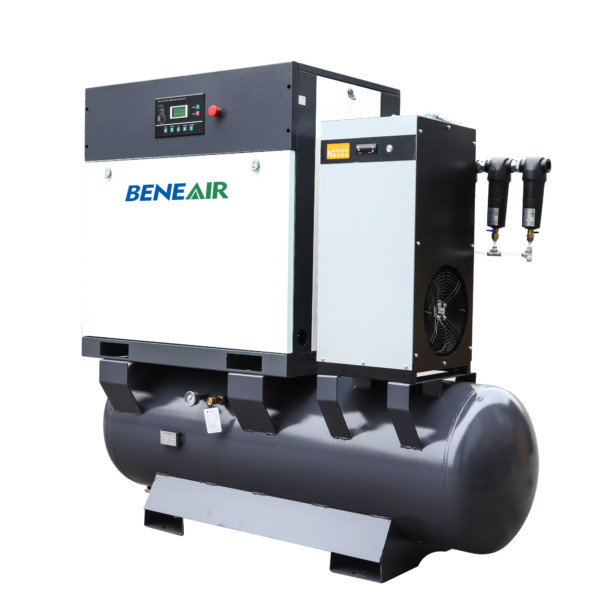
Any control plan should also aim to turn down unnecessary compressors or postpone putting on more compressors until required. Apart from one unit for pairing, all working devices must be operated at high capacity.
A basic compressor capacity control system might well be sufficient if a system has a single compressor and a reasonably consistent consumption. A complicated design with several pumps, variable consumption, and a variety of end-uses will necessitate a more advanced method. Compressor and capacity control choices must be carefully considered in either situation since they might be the most critical elements impacting system productivity and effectiveness.
Start/Stop Control
Start/stop is an automated feature. This process relates to the automated start and termination of any compressor’s power source or controller. A control valve usually turns off the unit at the highest pressure level and then resumes low pressure. Although running an air compressor at heavy power or even off is the most economical method to run one, generally, AC electric motors can only handle a certain number of attempts in a particular period of time due to heat accumulation. This restricts automated start/stop use, especially for more than 10 to 25 horsepower engines. The benefit is that power is only utilized whenever the compressor is running. If it is permissible, specific compressor controls can pick such mode automatically.
Load/Unload Control
When the flow rate is enough, load/unload control, also referred to as steady speed control, enables the system to operate constantly while unloading the compressor. Unloading a compressor is done in a variety of ways by compressor producers. However, it will expend 15-35 percent of full-load hp in most circumstances while doing no beneficial function. As a result, certain load/unload control strategies may be ineffective.
Modulating Controls
Controls that can be modulated. The performance of a compressor may be changed via modulating intake control to match flow needs. It is commonly done by shutting the intake valve, restricting the compressor’s input air. The quantity of capacity loss is constrained by the ability of surges and minimal throttling.
Closing the intake valve results in a pressure drop among it, lowering the compressor’s pressure difference and, as a result, the volumetric airflow. The compression levels are raised because the force at the compressor input is lowered while the outflow pressure rises considerably, limiting the fuel savings. The range of throttle valve regulation is typically limited to 100 percent to around 40% of maximum load, during which time the pressure drop will have achieved full load pressure.
Dual Control/Auto Dual
Dual Control/Auto Dual has a dual command system. The dual feature enables you to choose between Start or Stop and Load or Unload for compact compressors. Auto dual control for lubricating compressors offers tuning to a pre-set smaller power guided by unloading and too much timer to prevent the compressed air after it has operated.
Variable Capacity Control
Most fluid compressors include variable capacity controls that permit them to change their pressure levels (ratio) by shifting or turning valves. These regulators are often used to modulate intake valves to give more precise pressure control and enhanced section efficiency up to around 50% load.
Variable Speed Control
Variable Speed Drives are a type of speed control. With incorporated adjustable speed or switching dc drives, changing speed is regarded as an efficient method of compressor capacity control. Over a vast scope of capacities, compressed air pressure may be kept to be within +/- 1 psi, providing for further overall cost savings.
Some fixed compressors can only be interrupted and resumed a specific number of times up in a particular amount of time. So rather than halting the compressor, it will also be unloaded, slowed down, or the compressed air capacity will be adjusted in situations where the requirement for air fluctuates with duration, relying on the control system utilized. These control approaches might be wasteful in some circumstances when it comes to varying compressor output, which modifies the drive engine speed on the fly to fit changing demand needs.
Controls for Network
The working compressor controllers’ processors are combined to form a connection chain that takes actions about stopping or starting, loading and unloading, modulating, varying speed, and varying capacity. Typically, a single compressor leads the way, and the others are subject to the compressor’s directives.
Less complex network controllers use the flow operating point approach to manage the system overall. These techniques are adequate to prevent heavy loading compressors. Still, when additional compressors are introduced, and the variety of compressed air loading and unloading sets points expands, the challenge of reaching output’s minimum pressure needs arises.
Switched Reluctance Circuits
The switching reluctance system is another form of variable speed control that has been designed for new compressors. This circuit converts a conventional three-phase AC power source into a strong Dc power source. High-current transistors provide a significant DC voltage by rectifying the AC power source.
It has had mixed outcomes to convert previous or current model systems. Several large firms are investing much in this research & innovation. Switched reluctance circuits keep the pressure difference at a minimal setpoint and regulate it again when the detected system pressure rises.

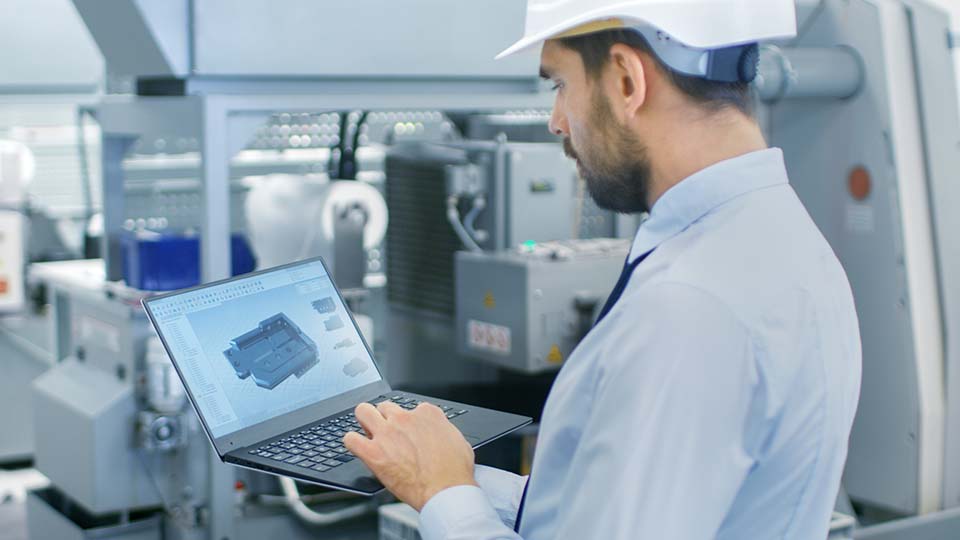
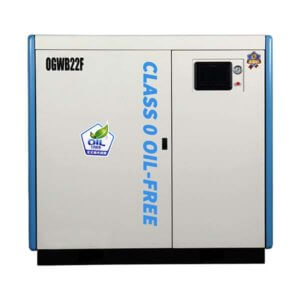
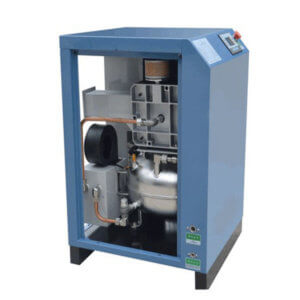
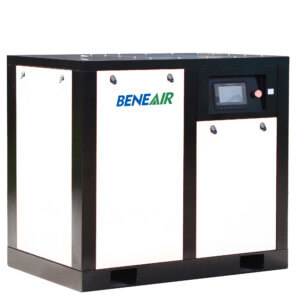
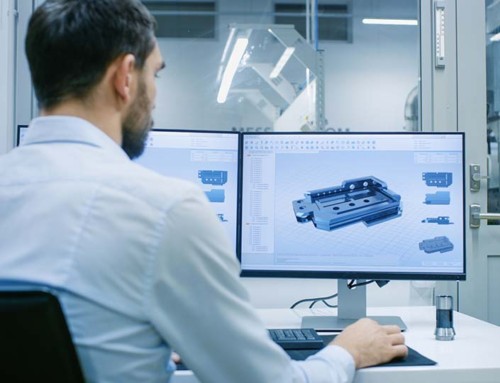


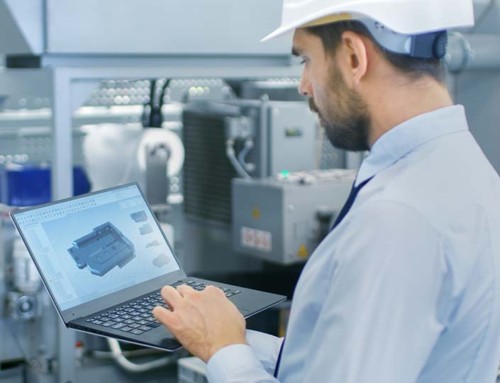
Leave A Comment